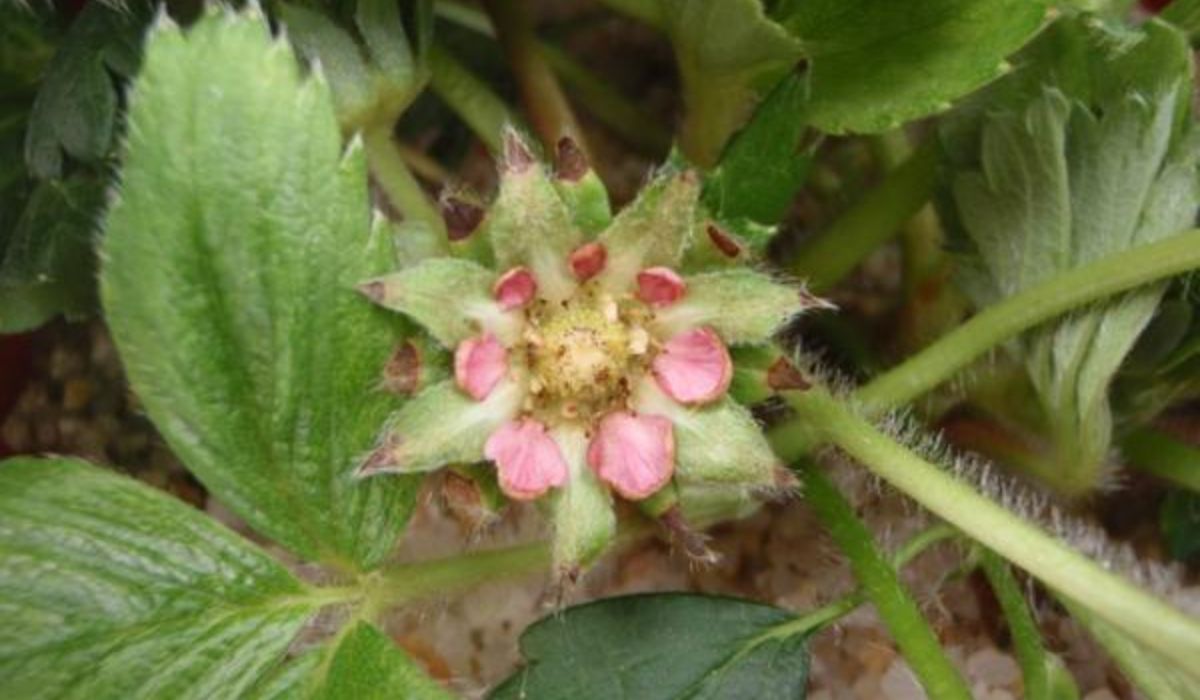Strawberries have a unique niche in the field of gardening. Delicious as they are, these ruby-red berries are also a hit with green thumbs. But strawberries, like other plants, need certain nutrients. Boron is an example of a crucial element. Here, we’ll explore the realm of boron deficiency in strawberry plants, including its symptoms, effects, and how to fix the problem so that your strawberry patch thrives.
Understanding Boron: A Critical Nutrient
Let’s get a handle on boron’s function in plant development before we delve into the nitty-gritty of boron deficiency. Plants require boron for a wide variety of physiological functions. It’s helpful for establishing cell walls, moving sugars around, and blooming. This nutrient plays a critical role in helping strawberries grow into robust, luscious fruits.
Signs of Boron Deficiency
Timely management requires accurate diagnosis of boron deficit in strawberry plants. Some indicators include:
- Stunted Growth: Growth retardation is an early symptom of boron insufficiency. The strawberry plants you grow can look different than usual.
- Deformed Berries: Strawberries often develop malformations when boron levels are low. The market value and flavor of these berries could be negatively affected by their irregular shapes and reduced sizes.
- Discolored Leaves: Keep an eye out for wilted leaves. Older leaves on strawberry plants weak in boron tend to turn yellow or brown, which reduces photosynthesis.
- Hollow Fruit: Hollow fruit is an obvious sign of boron shortage. Some strawberries have hollow centers that become visible when the fruit is cut open.
Causes of Boron Deficiency
For successful prophylaxis, knowing the root causes of boron shortage is essential. Soil acidity, heavy precipitation, and a lack of boron are common contributors.
Treating Boron Deficiency
Now that we know what to look for in strawberry plants suffering from a boron deficiency, we can talk about how to fix the problem:
- Soil Testing: The first step is to check the boron levels in your soil. You can use this to determine how severe the shortage actually is.
- Boron Application: Fertilizers containing boron may be used if soil testing reveals an insufficient amount of the element. Boron is essential for plant growth, but too much of it can be harmful.
- pH Adjustment: Keep the pH of the soil between 5.5 and 6.5. Soil with a low pH can have its acidity reduced by the addition of lime, increasing the plant-available boron content.
- Mulching: Mulching around your strawberry plants is a great way to keep the soil moist and avoid boron loss.
Conclusion
In conclusion, a lack of boron can stunt the development of your strawberry plants and reduce the quality of the fruit they produce. It is crucial to keep an eye on the boron levels in your soil and make adjustments as needed to guarantee an abundant harvest of tasty strawberries. If you take care of this problem quickly, you’ll have strawberry plants that are healthy and productive, with fruits that are sweet and juicy.
FAQs
How do I perform a soil test for boron deficiency?
You can either use a do-it-yourself soil testing kit or mail soil samples from your garden to your county’s agricultural extension office.
Can boron deficiency affect other plants in my garden?
Yes, a lack of boron can have negative effects on a wide range of crops, such as vegetables and fruits.
Are there natural sources of boron for organic gardening?
Yes, boron may be added to your soil naturally from organic sources like composted manure and specific types of rock dust.
Can I use borax to supplement boron in my garden?
While borax does have boron, it’s important to use it sparingly because plants might be damaged by too much of it.
How often should I retest my soil for boron levels?
Soil testing once a year can help you keep your plant’s boron levels just right.











